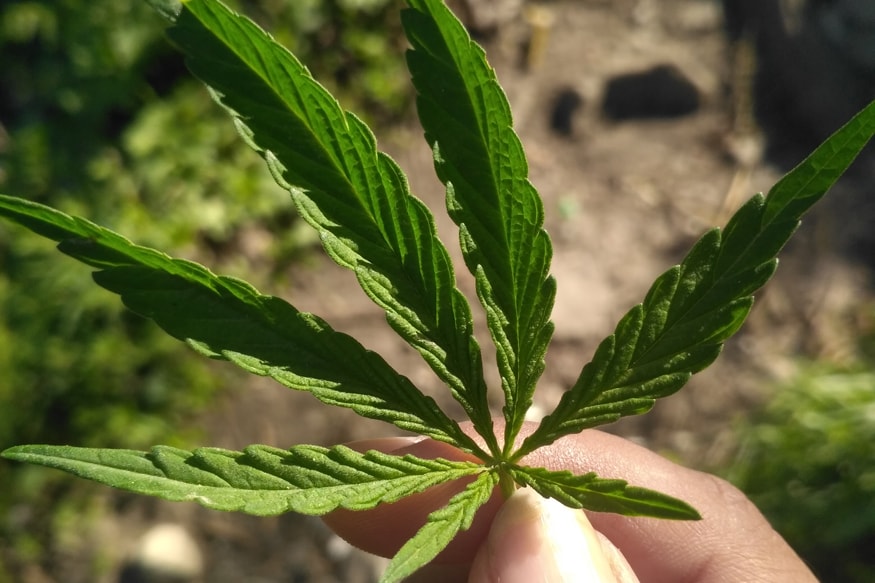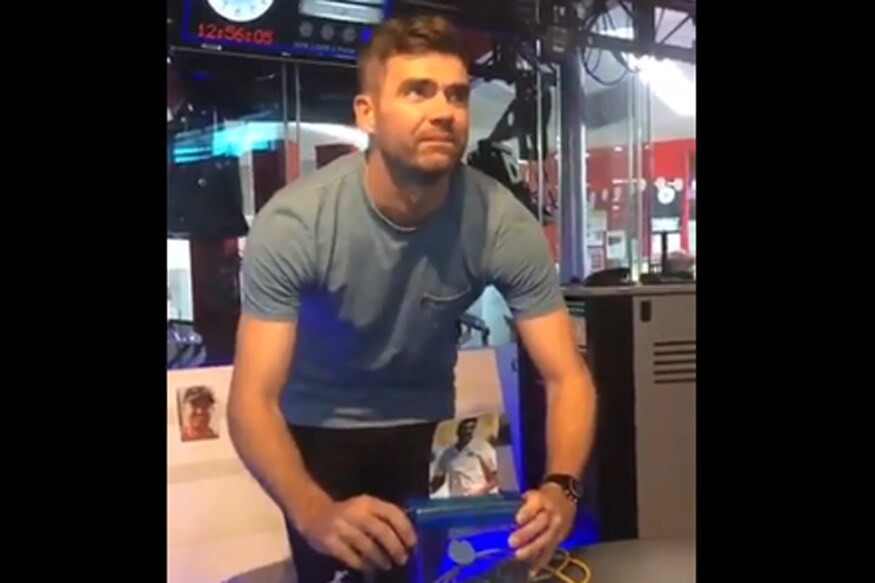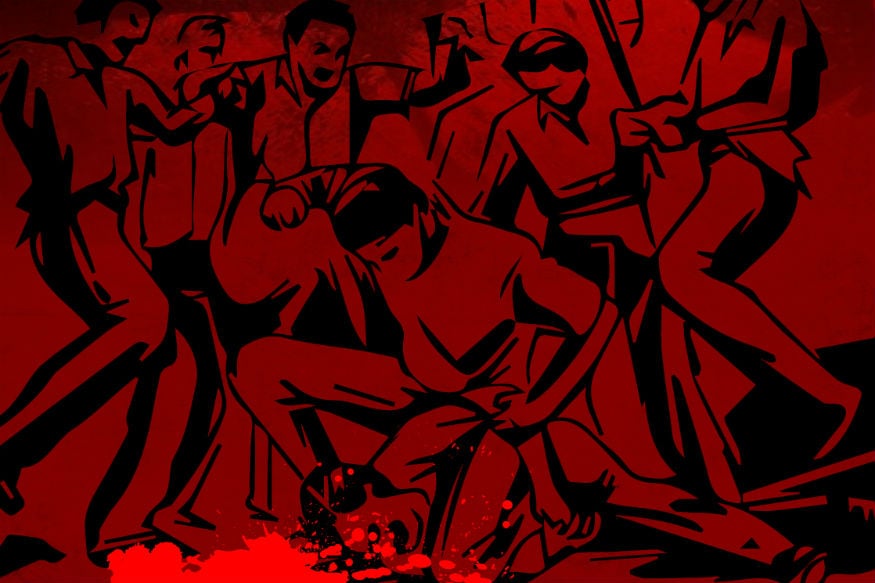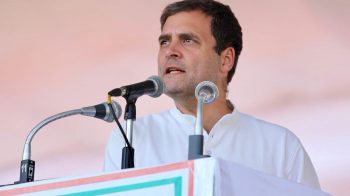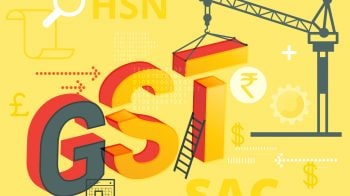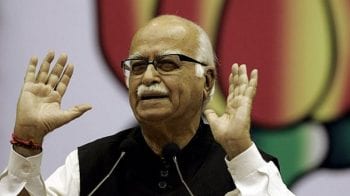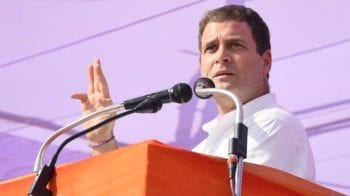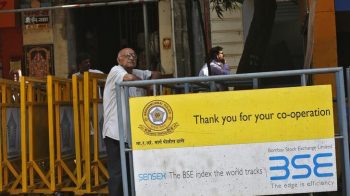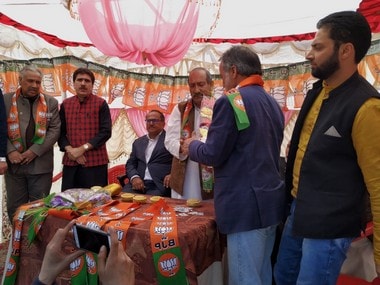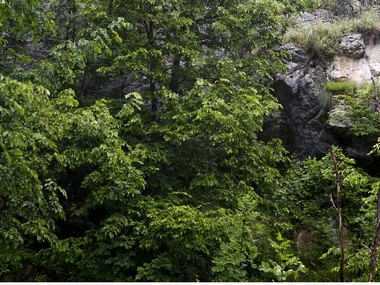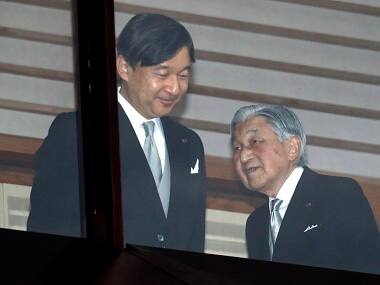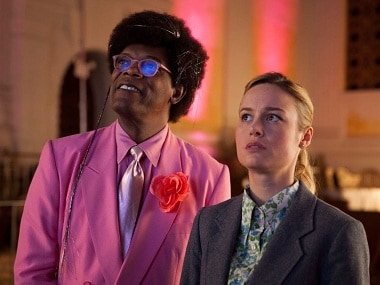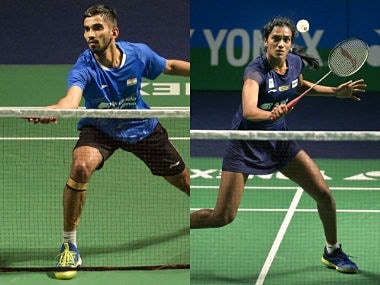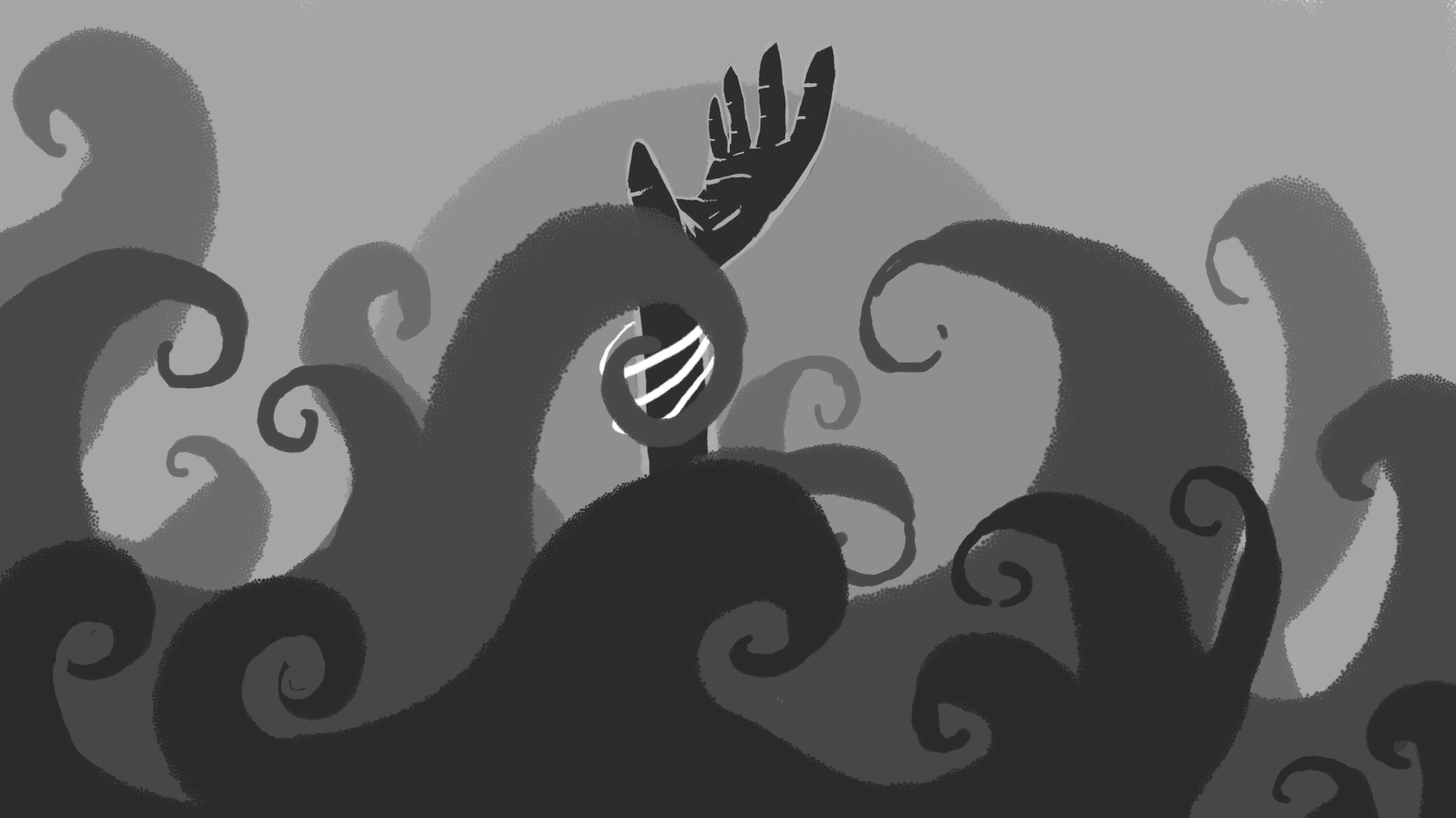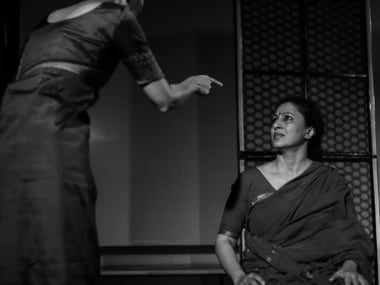On this podcast, we look at the political situation in a very important state as far as the Lok Sabha elections are concerned - West Bengal.
Rakesh Sharma | Harish Puppala
Moneycontrol Contributors
The biggest event of the year is nearly upon us. The General Elections of 2019 are just a few days away, and the campaigns as well as the speeches have gotten more abrasive. Political theatre at its finest, or its worst, depending the kind of audience you are. Best of times, worst of times, etc.
Beginning with this podcast, we take a look at some battleground states. In the context of American presidential elections, these are "purple" states, or states where voters are fairly evenly split between the blue Democrats and the red Conservatives. In India, some commentators have argued that there are no such swing states. But there are states that matter a whole lot simply because of the number of MPs they send to the Lok Sabha. Uttar Pradesh comes to mind first. Home to roughly 230 million residents, UP send 80 MPs, almost a seventh of the total number. Maharashtra with 48 and Tamil Nadu with 39 seats are respectively the second and fourth position holders on the list. Today, we start with bronze medallist, West Bengal.
On this podcast, we look at the political situation in a very important state as far as the Lok Sabha elections are concerned - West Bengal, a remarkable state that witnesses amongst the highest instances of political violence in the country; a state that has few jobs but is also the sixth biggest economy in India, with a GDP of 187 billion USD. The Wiki page on states’ GDP claims that Bengal’s GDP is the same as that of the country of Qatar. Not bad for what we generally think of as a rundown state, eh?
West Bengal is not a happy hunting ground for the two big national parties - BJP and Congress. It is dominated by a regional party - the Trinamool Congress, and by one person - Mamata Banerjee. Bengal’s political landscape is, even today, a two-way fight dominated by Mamata Banerjee’s Trinamool Congress and the CPM. On this edition of Digging Deeper, we address the Bong situation. My name is Rakesh Sharma, and you are listening to Moneycontrol.
The state of Bengal
As per the announcement by the Election Commission of India, West Bengal will see polling during all the 7 phases of elections in the country. The dates of polling will be April 11, April 18, April 23, April 29, May 6, May 12 and May 19. One could claim that the phrase ‘battleground state’ applies more to West Bengal than any other. As one report by The Economic Times stated, “Innumerable incidents of clashes between the TMC and BJP cadres were reported from across the state, prompting the Supreme Court to observe that thousands of seats going uncontested showed that democracy was not working in the state.”
The Election Commission of India has deployed 24 police observers to monitor the state police machinery during elections to West Bengal’s 42 constituencies. It is the largest such deployment in Bengal so far. A senior state police official told The Economic Times that the decision of appointing so many police observers was new. He explained, “It has been done after surveying the nature of the state. West Bengal has always been a politically-sensitive state and it has a history of poll violence.”
One important statistic to bear in mind is that West Bengal has the maximum number of first-time voters in the coming Lok Sabha election - 20.1 lakh - followed by UP and MP.
The BJP presence here is laughably minuscule - 3 MLAs in an assembly of 295 representatives. That’s the same as the Gorkha Janmukti Morcha which demands a separate state for Gorkhas. Which is ironic when you consider that it is the land of Syama Prasad Mukherjee, the founder of Bhartiya Jana Sangh, the BJP's forerunner. BJP was never reckoned as a potent political force in the state until the 2014 Lok Sabha polls, when it clinched 17 percent of the votes. As of today, according to BJP leaders, the party currently has 40 lakh members in West Bengal.
The Congress has over 40 seats in the Bengal assembly. The TMC holds 211 seats while CPI(M), the erstwhile overlord of this state of 90 million people, has around 25 seats.
In 2019, it’s a fair assumption to think Banerjee has bigger ambitions, courtesy the Mahagathbandhan that hopes to defeat Narendra Modi-led NDA. But mostly just Narendra Modi. New Delhi beckons, perhaps? Currently, the TMC has 34 MPs in the Lok Sabha and, by some estimates, Mamata could score more in 2019.
In the 2014 elections, the state’s voter turnout was 82.16%, much higher than the all-India figure of 66.4 percent. That probably has a bit to do with the literacy rate of 76.26%. As mentioned earlier, West Bengal sends 42 MPs to Parliament. Only UP and Maharashtra send more MPs to the Lok Sabha. And, as most of us heard when she won the state, Mamata Banerjee’s victory was a major shift in Indian politics, taking power away from the Communist Party, which had ruled for 34 long years, and ostensibly ringing in a new era. West Bengal was a citadel of the Left and one of three states, along with Kerala and Tripura, where Left parties were a force to reckon with. The Left ruled Bengal from 1977 to 2011—the longest uninterrupted rule by any coalition in a state—on the back of what is politely referred to as pro-farmer and pro-poor policies. Jyoti Basu served as chief minister for 23 of those 34 years. Over time, industries shut shop, leading to job losses there were also allegations of booth capturing and murder of political opponents. Against this backdrop, the Trinamool Congress led by Mamata Banerjee dislodged the Left.
Her strength? As Livemint reported, in a state prone to political violence, Banerjee has the pulse of the people. The chief minister has made some attempts to attract private capital, but has had limited success. In the words of Livemint, “She also rules over a hotbed of arts and culture, where economic prosperity is not the end-all and be-all of life, and where the sophistication of the elite has a lot of appeal.” Alright, admittedly, that’s a somewhat gauche description of sophistication but hey, far be it from me to find fault with that fine state and peoples. Banerjee’s schemes such as Kanyashree to educate girls, a Krishak Bandhu plan offering ₹5,000 per acre to farmers and a Sabuj Sathi scheme to distribute cycles to students from Classes IX and XII have reportedly received a good response. TMC is also one of two parties in India that have a quota for women candidates.
The new kids in town
The Economic Times reported last week that factionalism in the once formidable CPI(M)-led Left Front, and the Congress, has helped the BJP emerge as an aggressive opposition force in Bengal. The Bharatiya Janata Party, which edged past the Congress and the Left Front in the panchayat elections last year, winning 7,000 odd seats in three-tier panchayati raj institutions, hopes to ride the anti-incumbency factor and alleged appeasement politics of the West Bengal chief minister to position itself as the main opposition party. It must be said that while it really is Mamata versus the rest in this state, there is a possibility, as one Livemint analysis stated, that TMC “may struggle to retain the 34 seats it won in 2014.” An India Today report noted that in the Lok Sabha polls Trinamool could well retain the bulk of its seats and the BJP could emerge in second place with a reasonable increase in its seats share. That report claimed, “In the last Mood of the Nation poll conducted a year ago...it was...evident that while the Trinamool Congress was ahead of the pack, the BJP appeared to be the favourite of close to one-fourth of the voters and, in the absence of an alliance, the Left parties and the Congress were...a distant third and fourth…” It further observed, “There is limited proof of any effort of the Left and the Congress to expand their presence in the past few months. As the ruling party in the state, the Trinamool has been visible and active, and the BJP has clearly made the state an important focus of its attention with both the party president (Amit Shah) and the prime minister spending time in addressing public rallies and galvanizing party cadres.”
TMC has maintained its 45% vote share from 2014 to 2018 while the BJP saw a dip in vote share in 2016. But the saffron party has upped the ante in its campaign in Bengal. Amit Shah, the machiavellian president of the BJP, has set his sights firmly on BJP’s growth in a state marred by the ‘appeasement politics’, Illegal migration from Bangladesh is also a polarising issue in the state. So much so that Shah’s promise of bringing the NRC, or National Register of Citizens of India, which is being implemented in Assam, another state where migration was a political hot button, to West Bengal has found more than a few supporters. His speech in Alipurduar last week pulled no punches. Shah claimed that the 2019 Lok Sabha elections is “for the existence of Bengal”. Accusing Banerjee of smothering democracy in the state, Shah listed out a series of issues that his party has been raising. He said, “This election is very important for this nation but for WB it’s important for its identity. It will decide if there’ll be democracy here.”
He also claimed that during the panchayat elections in the state, “Mamata did not allow 37 per cent electorate to vote”. ET claimed that Shah has an ambitious target - winning 23 of the state's 42 Lok Sabha seats. West Bengal BJP chief Dilip Ghosh claimed recently, “Frequent communal riots in various parts of the state due to rise in infiltration and the fast changing demography of border areas have been important reasons behind the BJP emerging as the main alternative. The TMC has forgotten that the majority Hindu community is not happy with it.”
While religious identity may be the BJP’s plank, an India Today survey claimed that 42 percent of citizens had other things on their mind. They named unemployment as the most pressing issue in West Bengal. The other pressing issues for Bengalis, according to India Today, are price rise, farm difficulties, and terrorism. Interestingly, a large number of West Bengal voters would like to see Mamata Banerjee become the Prime Minister, nearly as many as Modi while a little over 12 percent back Rahul Gandhi. And it does seem like Mamata Banerjee does know her voters better. TMC secretary general Partha Chatterjee dismissed the BJP’s chances in Bengal entirely with derision, saying, “The BJP might have votes in some pockets as Left and Congress are helping it, but the politics of communalism and violence will never work in Bengal as long as the TMC is here.”
What? The Congress party helping the BJP? Well, Bengal’s politics are nothing if not curious. And it gets better. The Shiv Sena is now looking to enter the fray in Bengal. Last week, Shiv Sena, a member of the BJP-led NDA, announced it would contest 15 Lok Sabha seats in West Bengal. The Uddhav Thackeray-led party claimed that the ruling party is now an extended part of the Trinamool Congress. What did I tell you about Bengal’s politics? For Shiv Sena, the BJP is the same as Mamata Banerjee’s party. Shiv Sena’s general secretary for West Bengal, Ashok Sarkar, said, “Today we announced candidates for 11 seats. Within a few days we will declare candidates in four more seats. The BJP leadership in Bengal can never fight the TMC. That is why Shiv Sena has entered the fray...All the tainted leaders of the TMC have joined the BJP making it an extended part of the ruling party.”
To sum up the situation in West Bengal in the run up to the general elections, it is Mamata Banerjee against the many pretenders. She is the biggest draw in the state, and rules with an iron fist. The prevailing personality-driven politics in the state overlook the rampant corruption, and the dire state of unemployment and economic opportunities in her regime. She has been most strident in opposing Prime Minister Narendra Modi. Livemint summarised Bengal’s politics in this manner: “While jobs, poverty elimination, access to education and security would appear to be poll issues, this is a state where ideologies can rule over the most pressing needs of life. Even if BJP records its best-ever tally in the state, that may not be enough to upstage TMC.”

















